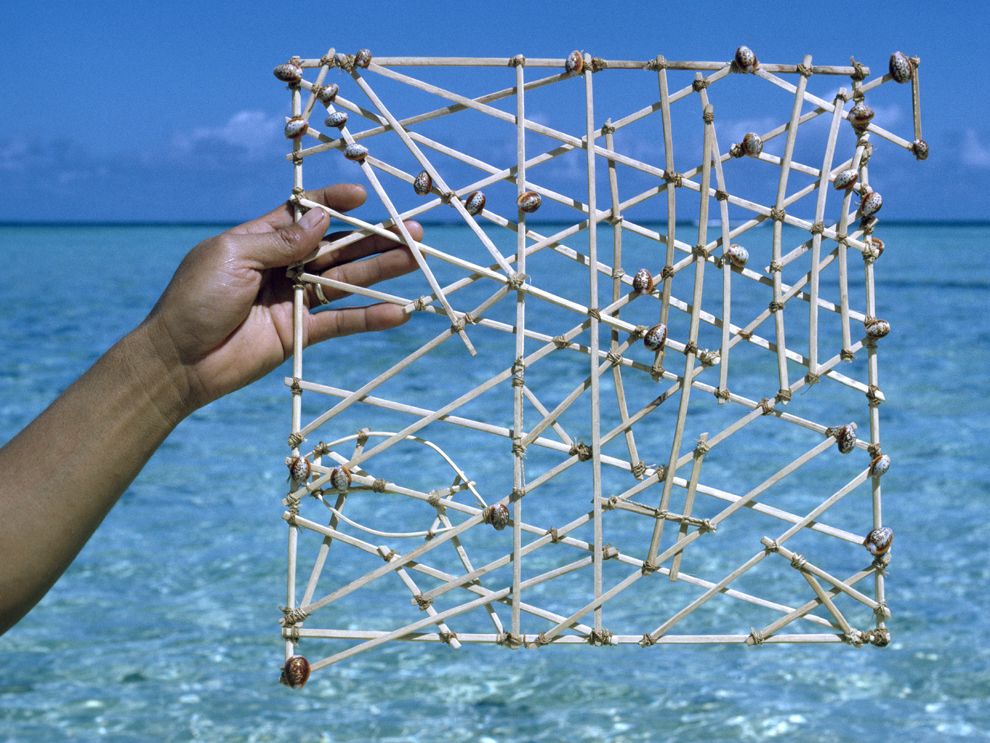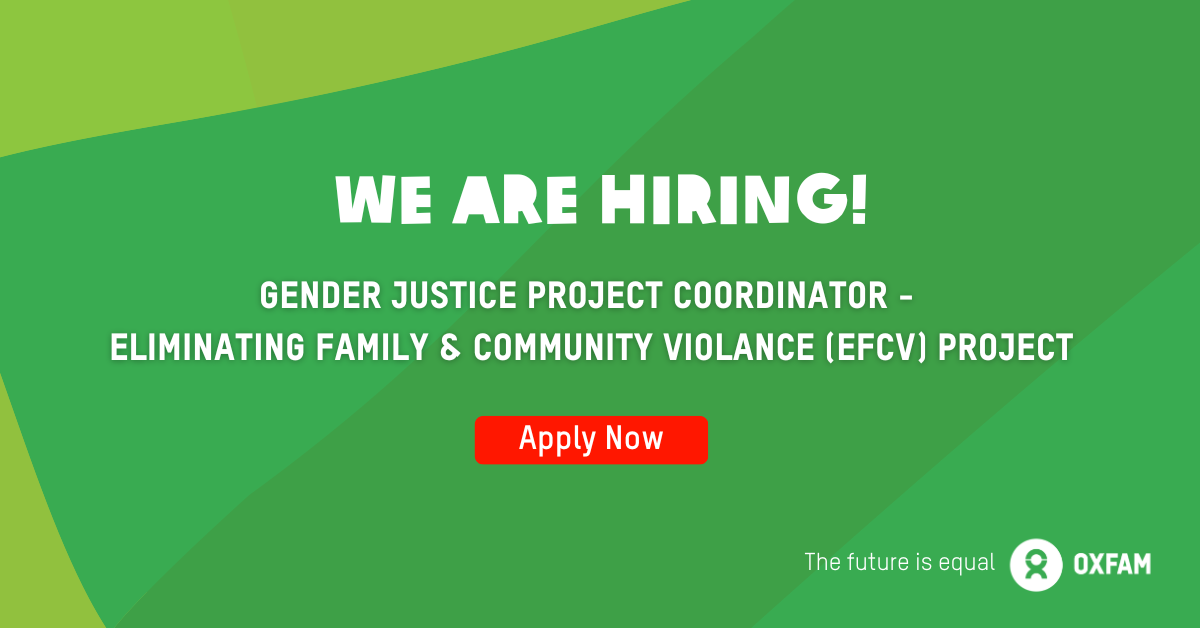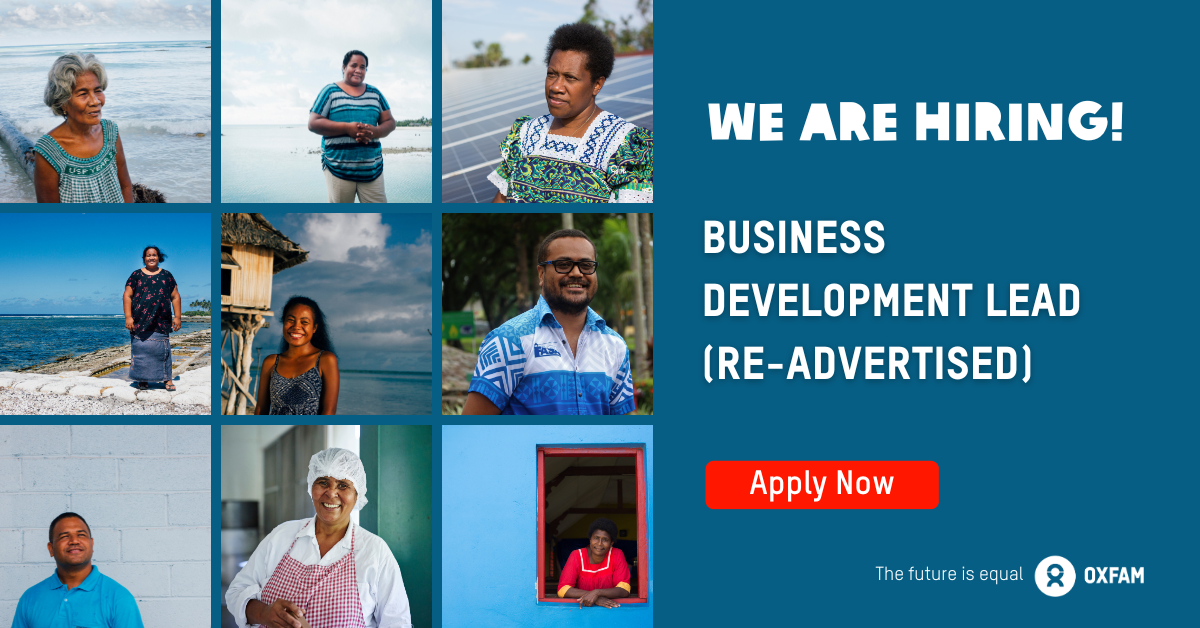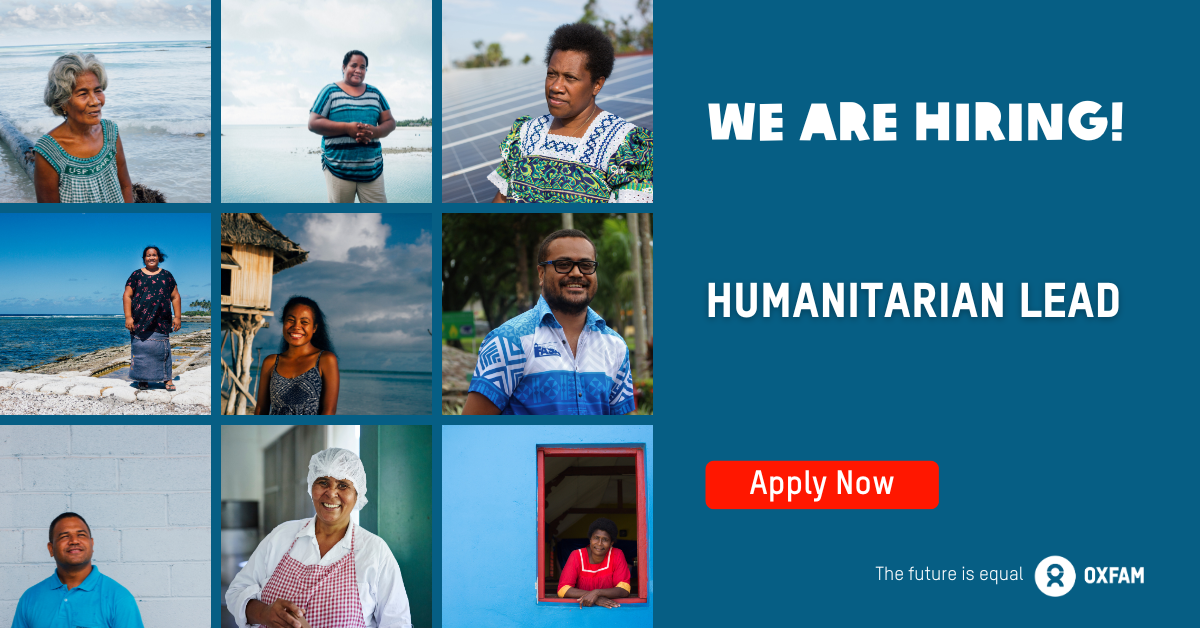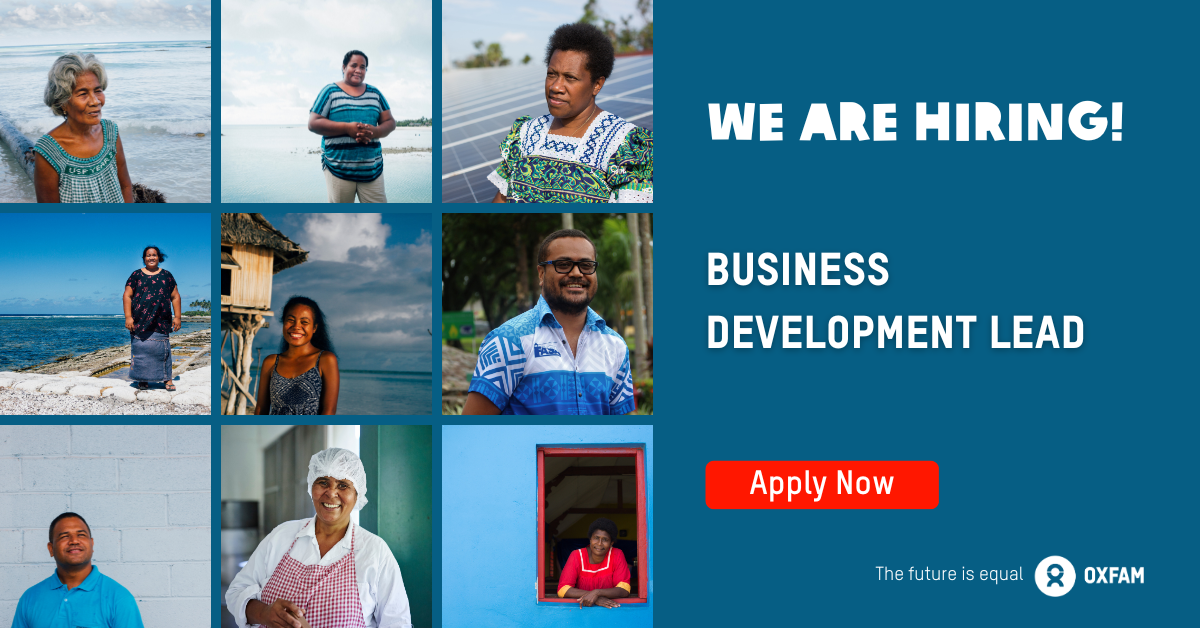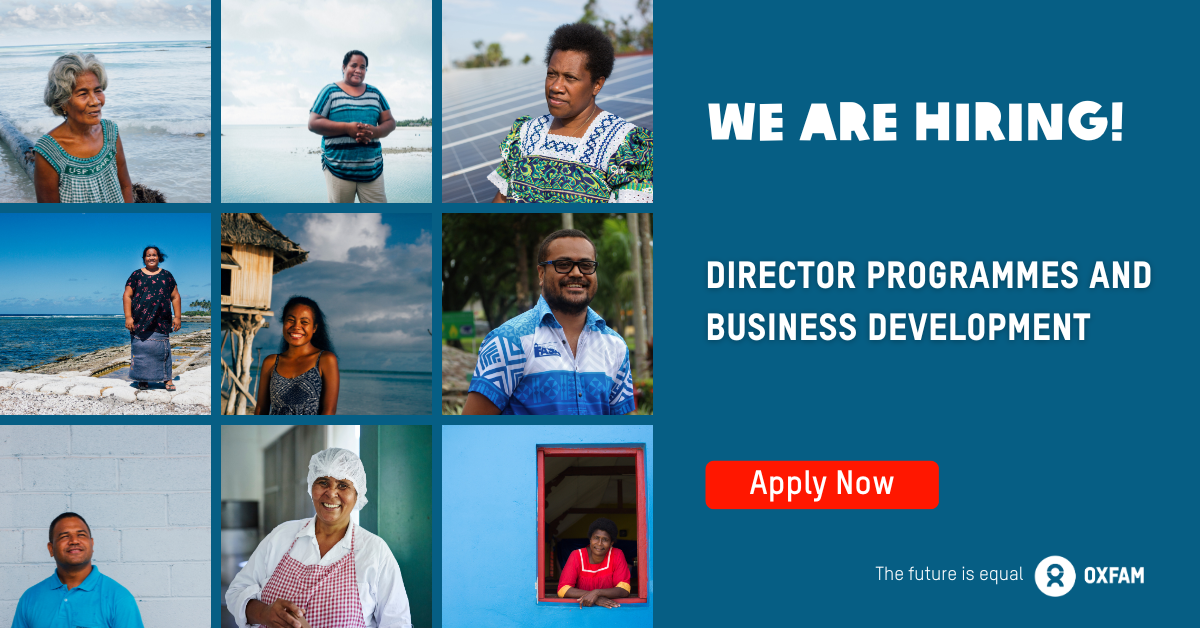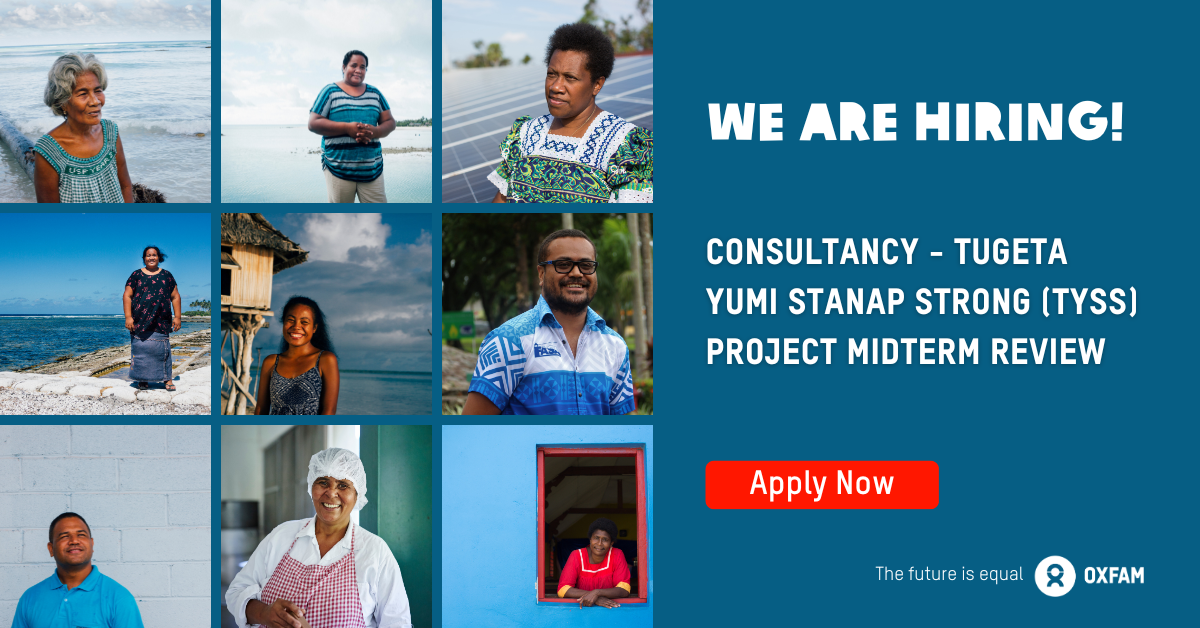By SYLVIA C FRAIN
The Micronesian region is referred to in a variety of ways. Sometimes it is termed the “American Pacific,” but that does not include American Samoa. Or incorrectly as the “South Pacific,” despite being located above the equator.
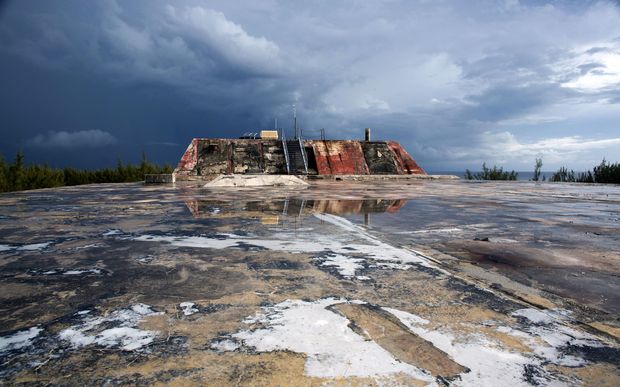
In Aotearoa New Zealand, it is considered the “North Pacific” and even as “Polynesia” which Radio New Zealand recently did. From Hawai‘i and United States-centric locations, Micronesia(n) is considered “West(ern) Pacific” and frequently in a negative way. The entire Micronesian region is comprised of 2,100 islands and spans 2,900,000 square miles, yet the islands and archipelagos are not visible on maps. Varying political and legal frameworks govern the region which impacts how trade, migration, climate change adaptation, and United States (US) military expansion and recruitment is carried out.
Four archipelagos make up Micronesia: the Caroline Islands, the Gilbert Islands, the Mariana Islands, the Marshall Islands, as well as the island of Nauru and Wake Atoll. These geographical island groups are socially and culturally connected through wayfinding and seafaring histories and were divided and segmented during colonial times. After World War II, the region (except for territory of Guam) was consolidated into the Strategic Pacific Islands Trust Territory, a United Nations trusteeship administered first by the US Navy between 1947– 1951, then the US Department of the Interior from 1951–1986. It was during this time that the US carried out 67 nuclear detonations in the Pacific Proving Grounds.
The region politically evolved into the diverse forms of island governments and sovereign countries we recognise today. Despite varying forms of political status, nearly all remain bound to the US through funding and aid packages in exchange for US defence control over the lands and seas. Separate political arrangements across Micronesia make for complex relationships and differential treatment by the US. Specifically, the political relationship greatly impacts the current economic systems and programs implemented today.
Political Divisions
Three independent nations in Micronesia include the Federated States of Micronesia; consisting of the four island states of Yap, Chuuk, Pohnpei & Kosrae; The Republic of Palau; and The Republic of the Marshall Islands. Each sovereign government entered into an agreement, considered the Compact of Free Association (COFA), which outlines that the US will provide economic aid for a negotiated amount of time. This agreement considers the island nations as self-governing states which are allowed to conduct their own foreign affairs. The agreement also grants “full authority and responsibility” for military defence to the United States, even after the financial assistance from the US ends.
The two additional independent nations in Micronesia are The Republic of Kiribati (sometimes grouped into Polynesia on maps) which has a “treaty of friendship” with the US, and Nauru, a former Australia-administered trusteeship, which is the location of the controversial immigration detention centre.
The United States continues to control three territories in Micronesia, including the Commonwealth of the Northern Mariana Islands (CNMI), Guam, and uninhabited Wake Atoll. While these locations are essentially equivalent to “possessions” belong to the US, the US government has determined that the “possession” is “no longer current colloquial usage.”
Insular Areas
“Insular areas” of the United States refers to several political arrangements; freely associated state(s), Commonwealth, and territory. These are explored in more detail below:
Federated States of Micronesia (FSM): Yap, Chuuk, Pohnpei & Kosrae
- Compact of Free Association signed 1986
- Sovereign Island State
- Financial aid expires 2023
- Not US citizens, US Constitution does not apply, cannot vote for US President
- Citizens are free to live & work in the US indefinitely
- US maintains full authority and responsibility for defence
- Citizens may join the US Armed Forces and do so at per capita higher rates than any state
- US Veterans services do not apply
The Republic of Palau (Palau)
- Sovereign Island State
- Compact of Free Association signed 1982, diplomatic relations with the US in 1994
- Compact Review Agreement with financial aid until 2024
- Not US citizens, US Constitution does not apply, cannot vote for US President
- Citizens are free to live & work in the US indefinitely
- US maintains full responsibility for defence until 2044
- Citizens may join the US Armed Forces, with approximately 500 currently serving
- US Veterans services do not apply
The Republic of the Marshall Islands (RMI)
- Sovereign Island State, A Presidential Republic in Free Association with the US
- Compact of Free Association signed 1986
- Financial aid expires in 2023
- Not US citizens, US Constitution does not apply, cannot vote for US President
- Citizens are free to live & work in the US indefinitely
- US maintains full authority and responsibility for security and defence
- US pays to lease to operate military bases in Kwajalein Atoll until 2086
- Citizens may join the US Armed Forces and do so at per capita higher rates than any state
- US Veterans services do not apply
The Commonwealth of the Northern Marian Islands
- Commonwealth, an “insular area in political union” with the US
- US citizenship & limited local self-government
- US Constitution does not apply in full
- Cannot vote for US President
- No representation in the US Senate
- A non-voting delegate in US Congress
- US Department of Defense can impose eminent domain for weapons training and testing for national security over the islands and seas
Guam
- Organised Unincorporated Territory of the US
- US citizenship and limited local self-government
- US Constitution does not apply in full
- Cannot vote for US President
- No representation in the US Senate
- A non-voting delegate in US Congress
- 29 percent of the island is restricted land controlled by the US government and Department of Defense
- Longest colonised possession in the world
Wake Atoll
- Unorganised, unincorporated territory of the US
- Restricted access
- The US Ballistic Missile Defense Organization, funds the administration
- US Army Space and Strategic Defense Command (SSDC) carries out the administration
- A National Wildlife Refuge, part of the Pacific Remote Islands Marine National Monument
Due to how the different political statuses are is directly tied to the United States at varying degrees, these relationships influence current conservation efforts, climate change policies (or lack thereof) as well as expanding militarisation and ongoing lawsuits involving environmental protection.
Each location in Micronesia offers a unique history and continues to perpetuate diverse knowledge(s); safe-guarding seafaring and celestial navigation technologies in the Caroline Islands, the UNESCO heritage site of Nan Mandal, and leading the fight against climate change. Stories of nuclear legacies in the Marshall Islands as well as the historic struggle for a nuclear-free constitution in Palau is paired with contemporary high rates of enlistees in the US Armed Services.
These issues and stories will be expanded on and highlight in forthcoming blog posts.
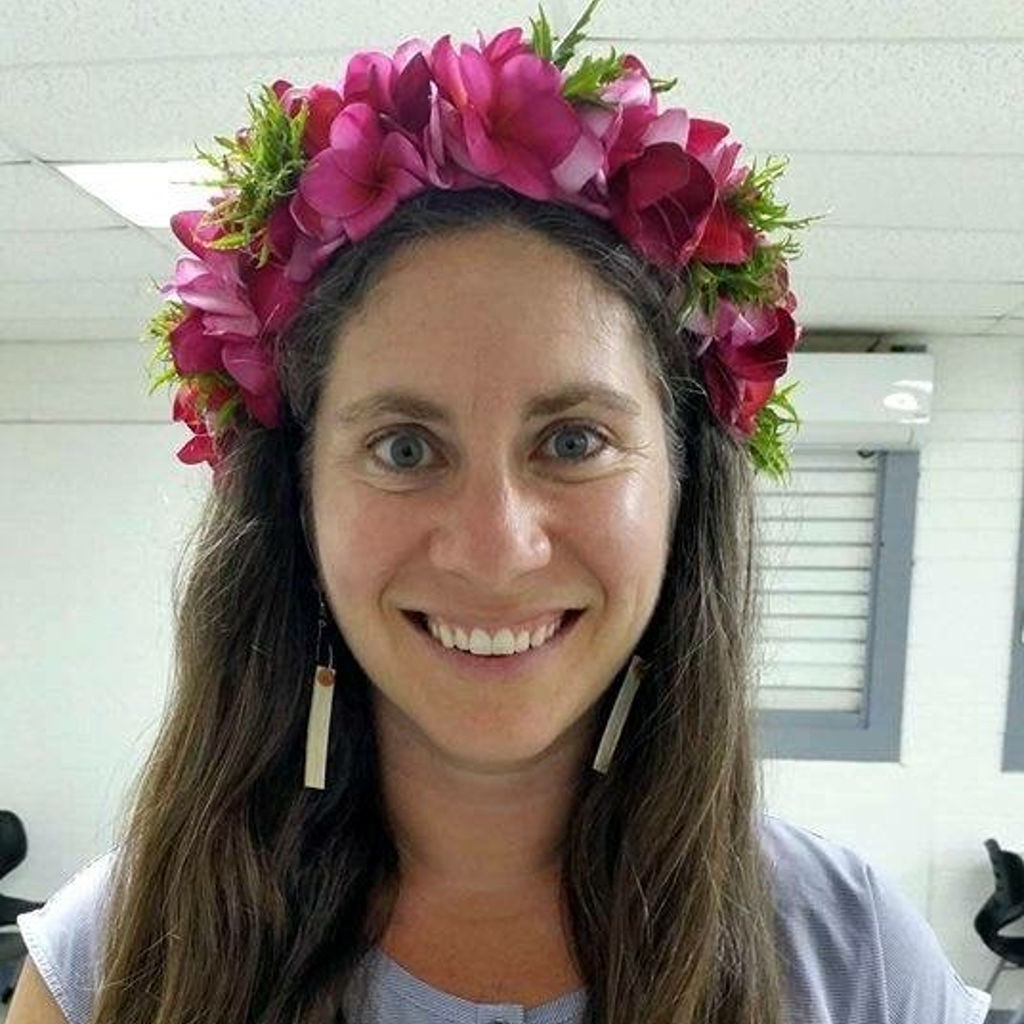
Dr Sylvia C Frain
Dr Sylvia C Frain earned her PhD with the National Centre for Peace and Conflict Studies at the University of Otago in 2017.
She currently is a postdoctoral fellow with the Pacific Media Centre at Auckland University of Technology and a Research Associate with the Micronesian Area Research Center at the University of Guam. Sylvia founded and manages the research-oriented Facebook page, Oceania Resistance to share her research in the Marianas Archipelago and highlight current issues impacting the Pacific region.
She uses new media platforms to archive her research data and share resources for others working across Oceania. Using digital spaces to create, review, publish, and disseminate open and public scholarship, her work is linked through the #hashtag: #OceaniaResistance. In June of this year, she e-published her doctoral thesis, which is available for free on Guampedia.

